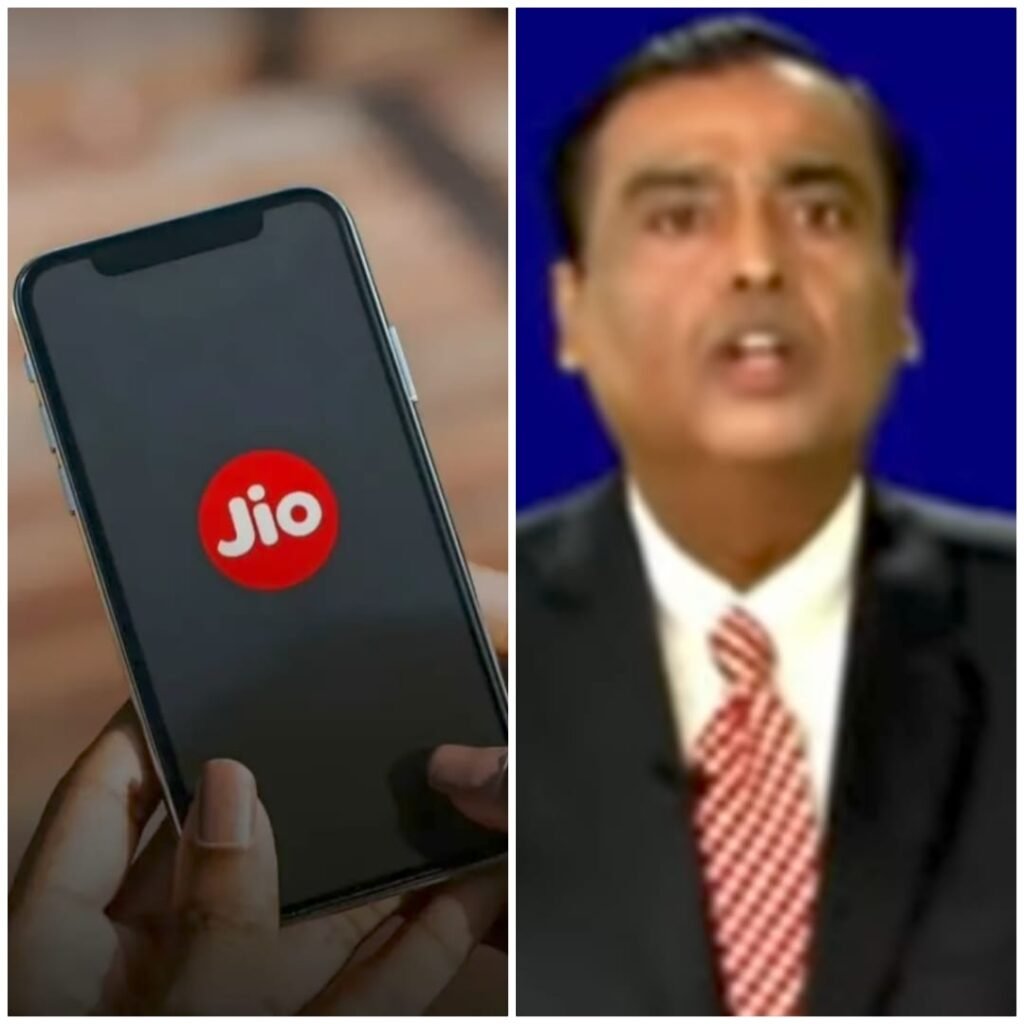Jio Network Outage in Mumbai: A Detailed Analysis

Jio Network Outage in Mumbai: A Detailed Analysis
On September 17, 2024, Reliance Jio users in Mumbai experienced significant connectivity issues, drawing widespread attention on social media and news platforms. The outage, marked by a notable increase in reports on Downdetector and other tracking websites, prompted a swift response from the telecom giant. This article delves into the details of the outage, its implications, and the responses from both the company and its users.
Background of the Outage
Early on the morning of September 17, users across Mumbai began reporting issues with their Jio connections. According to Downdetector, which aggregates user reports to track service disruptions, there was a significant spike in complaints, ranging from complete signal loss to intermittent internet connectivity problems. This led to a surge in social media activity, with many users expressing frustration and sharing humorous memes related to the situation.
Company Response
In response to the situation, a Reliance Jio spokesperson issued a statement acknowledging the problem. The spokesperson clarified that the issues were due to “minor technical problems” and assured customers that the situation had been resolved. The statement read:
“This morning, some Jio customers in Mumbai faced problems in availing seamless services on account of minor technical issues. The same have been resolved, and seamless services of Jio have been fully restored.”
The spokesperson also apologized for the inconvenience caused to subscribers, emphasizing that the company was committed to ensuring reliable service for its users.
Technical Analysis
To understand the nature of the outage, it’s important to consider the typical causes of such disruptions in a telecom network. Network outages can result from various issues including:
- Hardware Failures: Malfunctions in network equipment such as servers, routers, or base stations can lead to connectivity problems. These issues are often resolved quickly once identified.
- Software Glitches: Bugs or glitches in network management software can cause temporary disruptions. Software updates or patches are typically implemented to address such issues.
- Overload: Unexpected spikes in user activity or traffic can overwhelm network infrastructure, leading to degraded service quality or outages.
- Maintenance Work: Scheduled maintenance or upgrades can sometimes lead to temporary service interruptions. However, most providers aim to minimize disruption during such activities.
In the case of Jio’s outage, the spokesperson’s reference to “minor technical issues” suggests that the disruption was likely related to one or more of these factors. The fact that the issue was resolved relatively quickly indicates a prompt response from the technical teams.
Impact on Users
The impact of the outage on users was significant, especially considering the reliance on mobile networks for both personal and professional activities. Many users reported difficulties in making calls, sending messages, or accessing data services. This disruption is particularly noteworthy in a city like Mumbai, where connectivity is crucial for both business operations and personal communication.
Social Media Reactions
As with many service disruptions, social media played a crucial role in how the outage was perceived. Users took to platforms like Twitter and Facebook to share their frustrations and, in some cases, their humorous takes on the situation. Memes and jokes about the outage quickly circulated, reflecting both the frustration and the community’s attempt to cope with the inconvenience.
Some notable trends in the social media responses included:
- Humor and Memes: Many users used humor as a coping mechanism, creating and sharing memes that poked fun at the situation. This often serves as a way for users to bond over shared experiences.
- Customer Complaints: A significant number of posts were complaints about the service disruption, with users expressing frustration over the lack of communication and the impact on their daily activities.
- Support and Solidarity: In contrast to the negative responses, some users offered support to those affected, sharing tips on how to mitigate the impact of the outage or simply offering words of encouragement.
Long-Term Implications
While the outage was resolved swiftly, it highlights several important considerations for both Jio and its users:
- Network Reliability: As one of the largest telecom providers in India, Jio’s network reliability is crucial for its reputation and customer satisfaction. Continuous improvements in infrastructure and technology are essential to minimize such disruptions.
- Communication: Transparent and timely communication is vital during outages. Users appreciate clear explanations and regular updates, which can help manage expectations and reduce frustration.
- Customer Experience: The ability to quickly resolve issues and restore service is crucial for maintaining customer trust. Companies must invest in robust systems and processes to handle disruptions efficiently.
The September 17 Jio network outage in Mumbai, while relatively brief, serves as a reminder of the critical role that reliable connectivity plays in modern life. Reliance Jio’s swift resolution of the issue and their prompt communication were key in addressing user concerns. The incident also underscores the importance of continuous improvements in network infrastructure and the need for effective customer communication.
As telecom companies like Jio continue to expand and enhance their services, learning from such incidents and adapting accordingly will be crucial in ensuring seamless connectivity and maintaining customer satisfaction.



